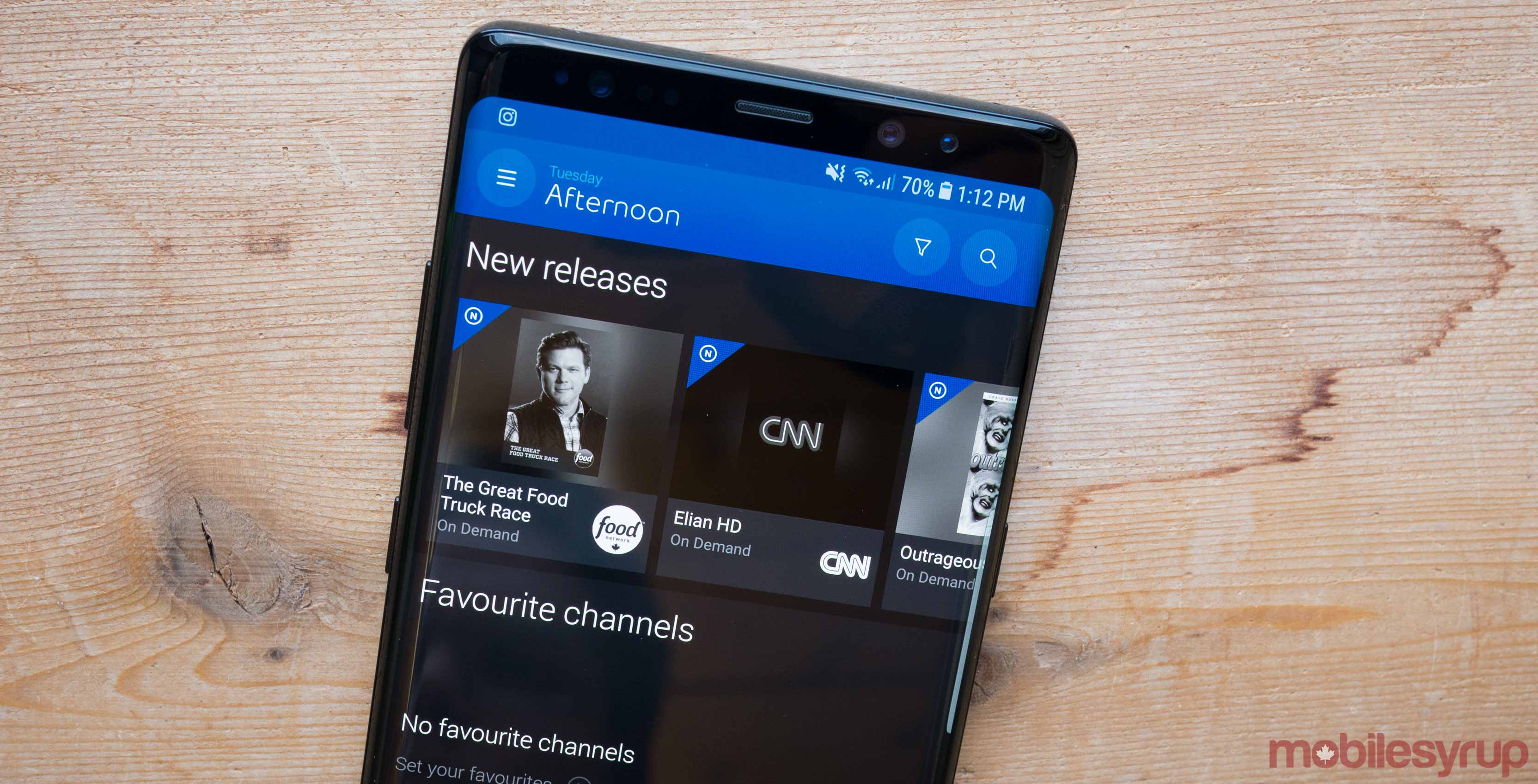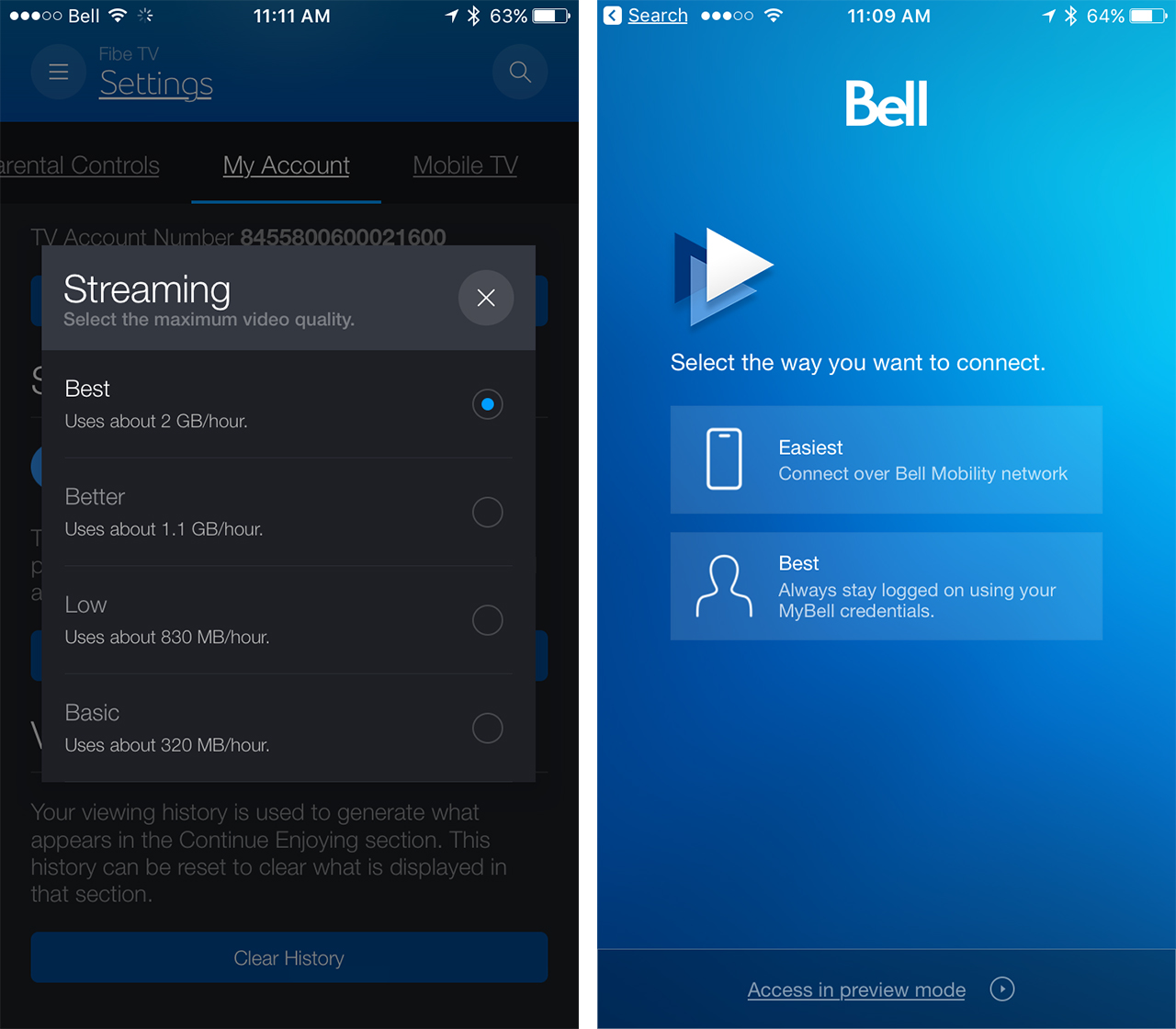
Let me take a wild guess: You are a cord-cutter, or, you are seriously thinking of becoming one. Am I right? Even a few years ago, before the insanely rapid ascent of Netflix as a must-have source of entertainment, the answer might have been different. But these days, when people are looking for ways to tighten their household budgets, or perhaps just looking for ways to simplify their lives, the cable or satellite TV subscription sits squarely in the bullseye.
You don’t have to look very far for the reason. With fast internet access being almost universal, and with Netflix offering a ton of highly rated shows and movies for a monthly fee that is often less than a quarter of the price of a decent cable package, these are hard times for the purveyors of traditional TV.
“ALT TV is good ol’ fashioned cable TV, but designed to work over an internet connection”
But don’t count the established players out just yet. After collecting over a million subscribers for its Netflix competitor, CraveTV, Bell is feeling confident that it knows how to market its traditional TV offering to the cord cutters. It recently launched a new streaming service in Ontario, known as ALT TV: A hybrid of traditional live TV broadcasts from well known channels, and a library of on-demand titles, all of which is delivered to subscribers’ devices as an OTT (Over The Top) internet service — no set-top box required.
MobileSyrup spent some serious couch time with ALT TV, so you can decide if it’s the TV alternative you’ve been looking for, or just another subscription you can live without.
What is ALT TV?
In a nutshell, ALT TV is good ol’ fashioned cable TV, but designed to work over an internet connection, without any of the usual hardware, or special installation. In other words, it’s a hardware-free IPTV product that can be streamed to almost any device with an internet connection.
How do I watch it?
You can watch ALT TV content on a phone or tablet using a free app, or on a computer via your browser. There are two options for watching on an actual TV: Using the Bell Fibe TV app on a 4th generation Apple TV, or, casting it from a Chrome browser to a Google Chromecast. Casting from an Android device running the Fibe TV app, is not supported, nor is Apple’s AirPlay technology, for wirelessly sending content from an iPhone, iPad, or iMac, to an Apple TV, though Bell tells us they’re working on it.
How do I get it?
You need to have a Bell Fibe Internet connection at home, running at a minimum speed of 25 Mbps, before Bell will let you become an ALT TV subscriber. This requirement, the company says, is partially technical (25 Mbps being the slowest speed capable of delivering two simultaneous HD 1080p streams) and partially regulatory.
You can watch ALT TV outside of the home too, on any Wi-Fi network for free, or mobile data network if you’re OK paying for the mobile bandwidth.
Isn’t this the same thing as Bell’s Mobile TV product?
No, but it’s easy to get the two confused. Bell’s Mobile TV product is a collection of 43 channels that can be watched live or on-demand, on a smartphone or tablet, using the Bell Fibe TV app — the same app that Fibe TV, Bell TV and ALT TV subscribers use to watch content on their phones or tablets.

It costs $8 a month, though it may be included on some of Bell’s mobile rate plans. If you’re watching over a mobile data connection, you’ll consume and pay for that data according to your plan’s terms. If you watch over Wi-Fi, Bell gives you 5 hours a month free, after which you pay $3 an hour. There’s no option to add other channels, and you can only watch using the device that has the Bell Mobility SIM card associated with your account.
ALT TV, by contrast, has a much broader selection of channels and bundles available, and places no limits (or additional costs) on the number of hours you watch via Wi-Fi, or the kind of device you’re watching on.
Is it a complete replacement for cable TV?
No. Even though much of the watching experience is the same as you’d find with a traditional TV service, because there are no hardware receivers, some features do not exist. With ALT TV, you can’t:
Pause or rewind live TV
Record shows
Watch on more than 2 devices simultaneously
Access 4K content
“Restart” a show that you’ve missed or joined in-progress
What’s on?
You can get a basic set of 32 channels for as little as $14.95 a month, plus there are additional bundles of channels that you can add. Existing Bell subscribers will already be familiar with the company’s ‘good’ ($45.95 a month), ‘better’ ($71.95 a month), and “best” ($106.95 a month) bundles, and for the most part, ALT TV’s versions are identical to Fibe TV or Bell TV.
If there’s a channel you want that isn’t included in your chosen bundle, you can add individual ones à la carte. These cost $4 per month each, or you can pick any 10 for $20 per month. Unfortunately, those looking to get their Game Of Thrones addiction satisfied will have to cough up an extra $20 a month, regardless of how many other channels you choose, because the only way to get HBO is with movie bundle that includes The Movie Network too.
Are there any catches?
Yes. The big one is that while you can access all of the channels you subscribe to when viewing at home over your Fibe internet connection, not all of them can be viewed outside of the home, which some may find frustrating. HBO’s live viewing channel, for instance, is an at-home only option, though its on-demand library can accessed on the go too.
“You can’t go over to a friend’s house, and sign in to ALT TV on their Apple TV”
Many of the channels within the Movies category, e.g. The Movie Network, Superchannel, Documentary TV, Turner Classic Movies, WGN, Pix11, and KTLA5CW, all prevent live viewing when not at home, and a significant number of other channels are similarly restricted. Bell tells us this limitation is imposed on them by the content providers, and the only way to know to see which channels are at-home-only is to look the guide, or show descriptions within the Fibe TV app, or on the web: They’re indicated by a small blue house icon.
Even though you can watch ALT TV pretty much wherever there’s internet access on your phone, tablet, or laptop, your ALT TV credentials will only work on an Apple TV that’s in your home, and using your Fibe internet. In other words, you can’t go over to a friend’s house, and sign in to ALT TV on their Apple TV, because your Fibe internet connection is part of the authentication process. Using a Chromecast is the only workaround to this limitation.
It’s also possible that the two-simultaneous-streams limit could be problem. We suspect this will only be the case if you routinely have three or more people in your household who like to watch different TV shows at the same time. We’re under the impression this limitation is a business decision for Bell, rather than a technical limitation. After all, if you had four people in your household, and two of them were at university, your home internet connection would only have to support two different streams, while the other two would be fed by whatever connection existed at the school. Bell obviously wants to limit how many people can watch using the same account, which is not so different from Netflix’s user policy.
What’s it like to use?
ALT TV runs through Bell’s Fibe TV app, or the Fibe web site. We think it’s a really good mobile, tablet, and eight-foot experience, offering up a modern, clean interface that’s easy to read and easy to control. Whether it’s browsing for a program through the built-in guide, or finding one through the various recommendation screens, like search, you’re offered a detailed description screen and a “Live” button to begin watching.
Video and audio quality is top notch. We ran ALT TV on several devices, including a Google Pixel XL, an aging iPhone 6, a even older 4th gen iPad, as well as on a 4th gen Apple TV and via Chromecast. Wi-Fi performance was consistently good, as was the connection over LTE mobile. We did not test it in areas that were only equipped with 3G.

The app has a feature in the settings menu that lets you dial back the stream quality for times when you’re watching over a cellular connection, which is a good thing. Given that the top quality setting will consume about 2GB of data per hour, watching your favourite shows could get very expensive in terms of data charges. You can throttle back to ‘better,’ ‘low,’ and ‘basic’ streams, at 1.1 GB, 830MB, and 320MB per hour respectively. Our only quibble with this setting is that it affects both mobile and Wi-Fi streams with no way to set them separately.
Even though you’re restricted to two simultaneous ALT TV streams, you can register up to five different devices to use the service. These can be managed through a My Devices section with the Fibe TV app’s settings menu.
There’s also an extensive set of parental controls available that let you block content on all your devices, or one at a time, based on a program’s Canadian classification e.g.: 8+ PG, 18+, AO (Adults Only), or its parental advisory, e.g. graphic language, or brief nudity, etc. It’s a very well thought out system that lets you set a PIN so that any blocked content can be unblocked at the discretion of a parent, either on a program-by-program basis or temporarily for all content.
Will it save me money?
If ALT TV is aimed at cord-cutters, one has to assume it’s designed to be less expensive, otherwise why cut the cord at all? And yet, that’s not necessarily the case.
On the one hand, because ALT TV carries no contracts, and has no rental or purchase hardware requirements, it’s way easier and cheaper to get going with the service than say, Fibe TV or Bell Satellite TV, or even a cable provider, which usually charge install fees, and two-year contracts. On the other hand, you have to sign up for Bell’s Fibe internet service at the minimum 25 Mbps speed, which starts at $84.95 a month.
Let’s break it down.
ALT TV with a basic TV package on a non-contract basis:
$84.95 (25 Mbps Fibe Internet, with unlimited bandwidth) + $14.95 (ALT TV basic) = $99.90 a month (plus tax). Normally there is a $199 one-time charge for the modem and installation, but Bell was willing to waive this for a first-time customer when we spoke to a sales rep on the phone.
Fibe TV with a basic TV package, on a 2-year contract:
$39.95 (Fibe TV basic, plus HD Receiver rental, plus digital service fee) per month, plus a one-time installation fee of $49.95
So far, if it’s purely TV you’re after, Fibe TV is actually less expensive per month because it doesn’t carry the internet requirement. But to compare apples to apples (or as close as we can get), let’s add a similar internet package, because everyone needs internet.

Fibe Internet 25 (with 350GB of monthly bandwidth) when purchased with the Fibe TV basic package above, is $74.95 a month, again with a waived modem and installation fee of $199. Which brings the TV + Internet package to $114.90 a month (plus that one-time fee of $49.95). It’s worth noting that there’s no savings by dropping down to Bell’s Fibe 15 internet service — it’s the same price. Now it’s starting to look like ALT TV is the better value, especially when you consider it’s no-contract and has unlimited bandwidth.
Of course because it’s Bell, and because bundling is the key to bigger discounts, the more you buy, the better the deal. The customer service rep we spoke to was willing to create a bundle that included Fibe TV with the “Good” channel line-up, and Fibe Internet 300 with unlimited bandwidth, for about $155 a month.
Strangely, the ALT TV equivalent was exactly the same monthly price. In this case, the Fibe TV option looks like the better deal, mostly because you still get the same on-the-go viewing options as you would with ALT TV, but now you also get a dedicated home HD receiver, which enables the TV functions that ALT TV doesn’t have, like pausing or rewinding live TV etc.
Needless to say, your mileage may vary, and the only way to know exactly what the best package is for you, is to contact Bell directly and see which promos they’re running.
MobileSyrup may earn a commission from purchases made via our links, which helps fund the journalism we provide free on our website. These links do not influence our editorial content. Support us here.


